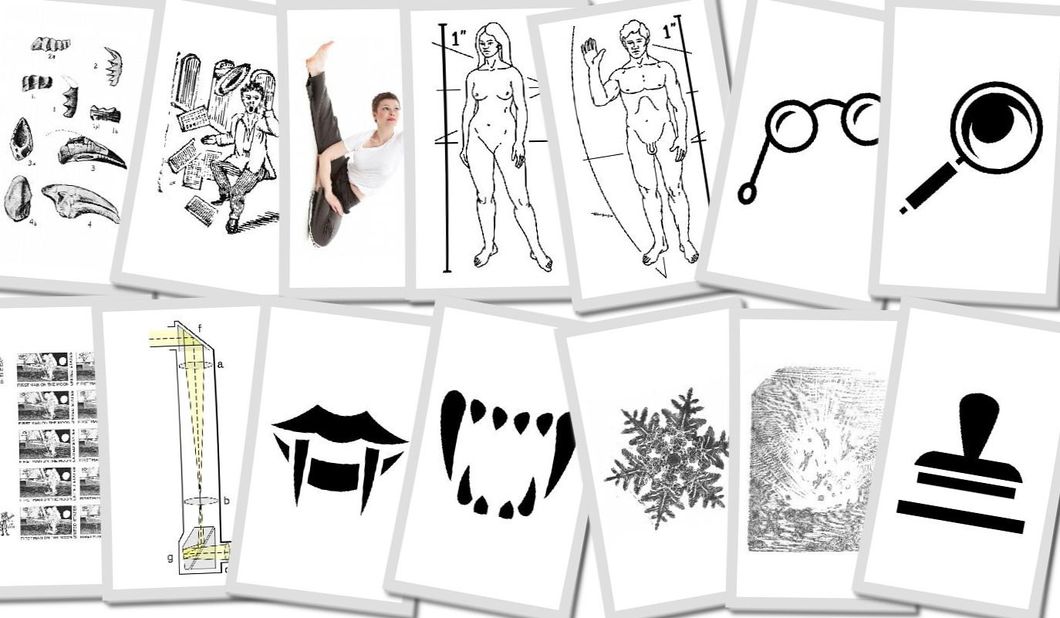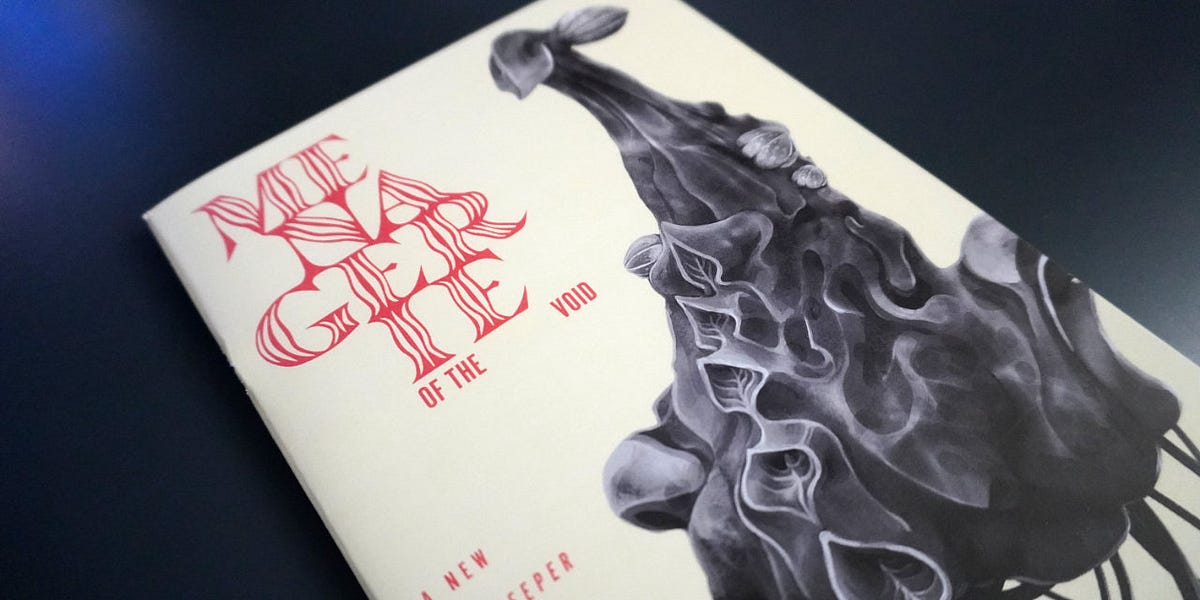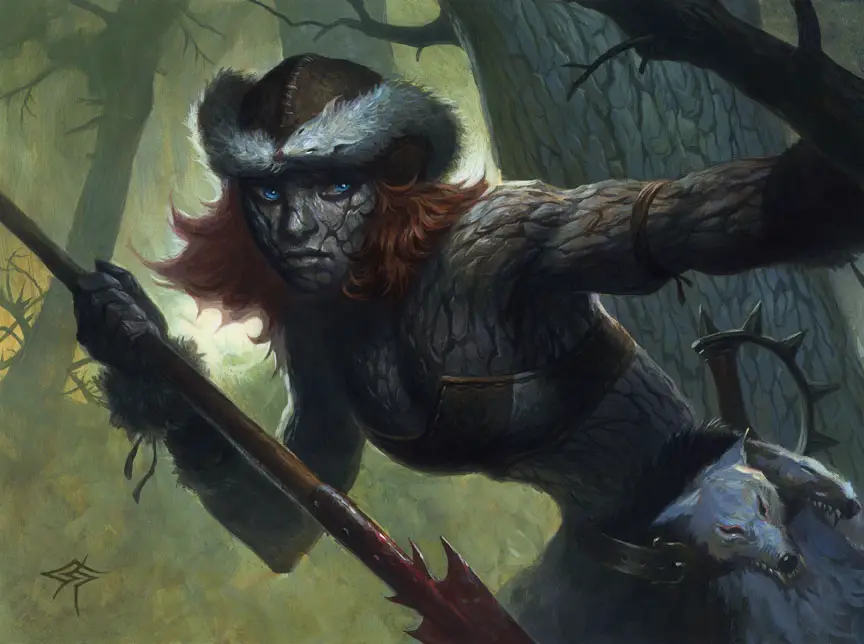SMOOSH JUICE
High number too good! Investigating horror in Cthulhu Dark
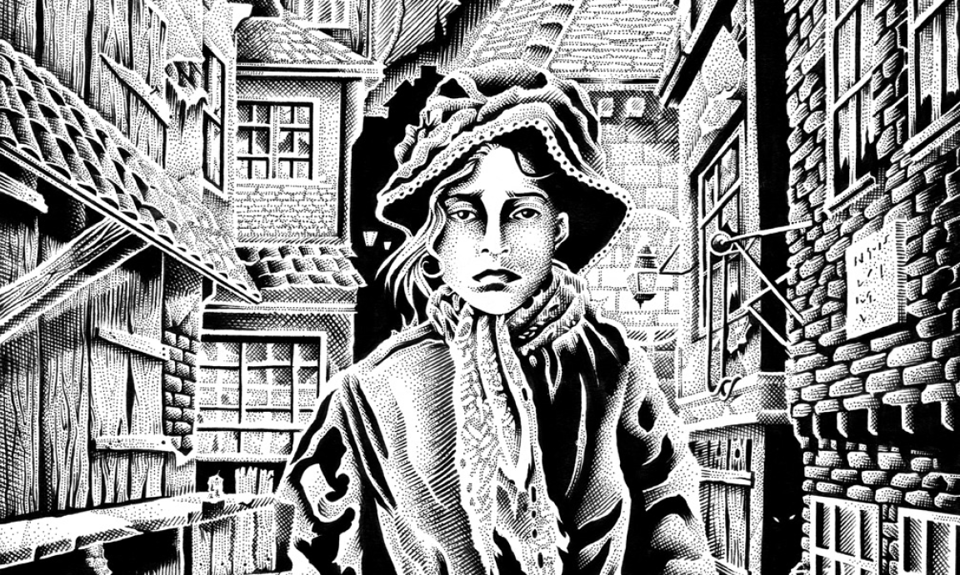
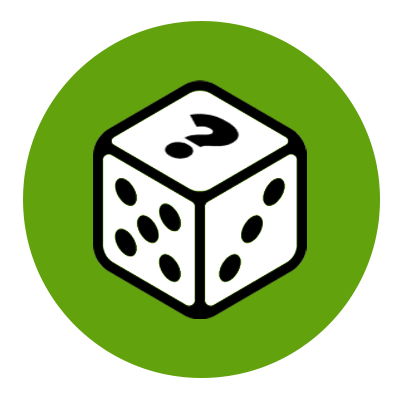
Back to thinking about dice,
again. Specifically, the meaning we attach to certain results. In a previous newsletter—one of my first, actually—I was fascinated by an ability in F.I.S.T. that had a one in six chance to succeed but the player got to call out the number. This doesn’t change the odds, but it does change the meaning you attach to them.
That interplay between abstract chance and the narrative it helps create continues to interest me. So when a friend of mine ran a reskin of Cthulhu Dark, I latched onto its resolution mechanic pretty much instantly.1 The game uses the implied hierarchy of a die’s numbered results to emphasize its themes in a very elegant way, taking the usual ‘high number good’ just one step further.
Consumed by discovery
Investigative horror is about dangerous knowledge. It’s about getting to know more than is good for you, more than you can maybe handle knowing. An investigative horror game needs its players to both pick up clues reliably and be increasingly horrified by what they find.
Cthulhu Dark’s resolution mechanic brings this whole narrative together in one roll of the dice. The mechanic kicks in when you investigate something, and ‘you are investigating whenever you are trying to discover something new.’ Now grab some dice. There’s a die you roll for everything that’s humanly possible, one for your occupational expertise, and one for risking your mind and body. Pick up whichever apply and roll. ‘Then your highest die shows how much information you get.’
That’s right, you always keep the investigation moving, but a higher result means you find out more. Sometimes, too much. On a five you already discover more than a competent investigator would find out. But, on a six:
you discover all of that, plus, in some way, you glimpse beyond human knowledge. This probably means you see something horrific[.]
There it is, the horror the investigation is getting you dangerously close to. This is what it’s all about: the darkness you’re trying to uncover will try to consume you.
The real danger
Every roll you make, you risk getting a little too close. Recontextualizing the highest result as too high perfectly encapsulates the genre. The investigators need to be careful, but they do need to investigate, and while only uncovering an ambiguous lead might be called a setback, the real danger is the one they are getting closer and closer to.
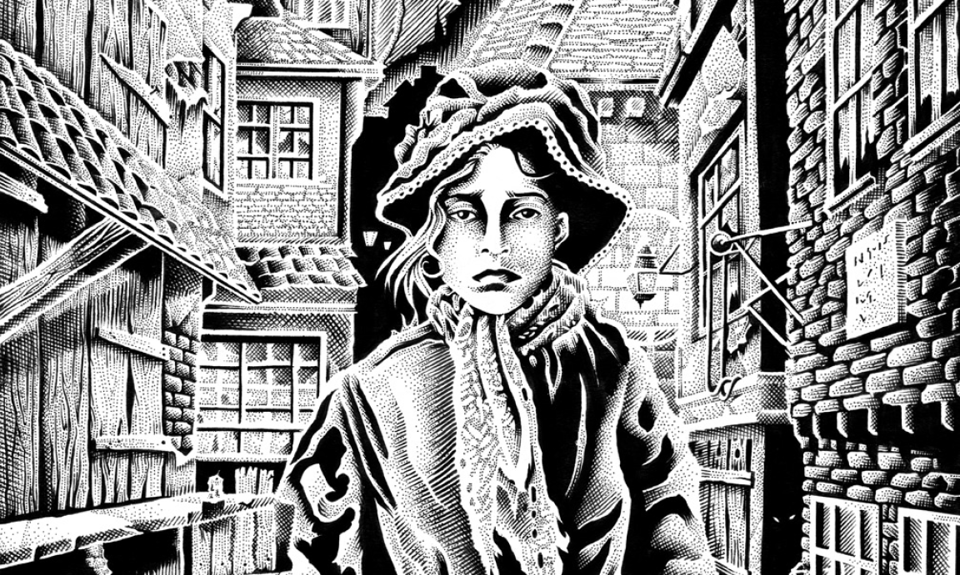
If you do encounter something horrific, Cthulhu Dark has you make a so-called Insight Roll. Insight measures how much you know of the horrors and goes from one to six. At six, once again, you know too much. You ‘understand the full horror’ and ‘leave everyday life behind’. Every time you roll higher than your current Insight on your Insight Roll, it goes up.
This gives the game a nice arc. Your investigator is relatively safe at the start of the mystery but can easily rack up more Insight. Progressing through the story, your investigator gets closer and closer to a full Insight meter, but is also less likely to raise it. Why not try and discover a little more?
Slow-burn horror
This elegant bit of design hones the whole of Cthulhu Dark in on the story it wants to tell. It’s about the dangerous, possibly tragic tales of people risking life as they know it to uncover the dark truths at the center of their existence. Designer Walmsley writes:
Every mystery [in Cthulhu Dark] is ultimately about hubris. It is about the Investigators’ overconfidence in their own importance and that of humanity. This is undermined when they encounter the horror, which shows them how insignificant they really are.
Cthulhu Dark is obviously themed for stories of cosmic horror, but I think its mechanics are great for any slow-burn about more-or-less ordinary people risking a tragic ending by getting too close to great danger. Jesse Ross’ Trophy Dark shows how the general formula can be adapted to a fantasy setting, and Walmsley himself is adapting his game for weird space horror with Cosmic Dark.2
That’s it for now,
Hendrik ten Napel

